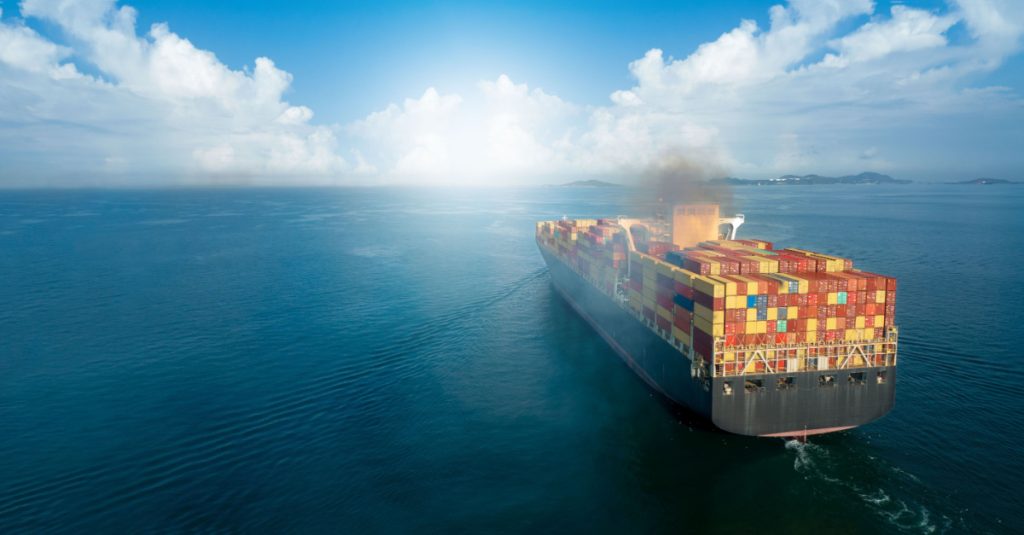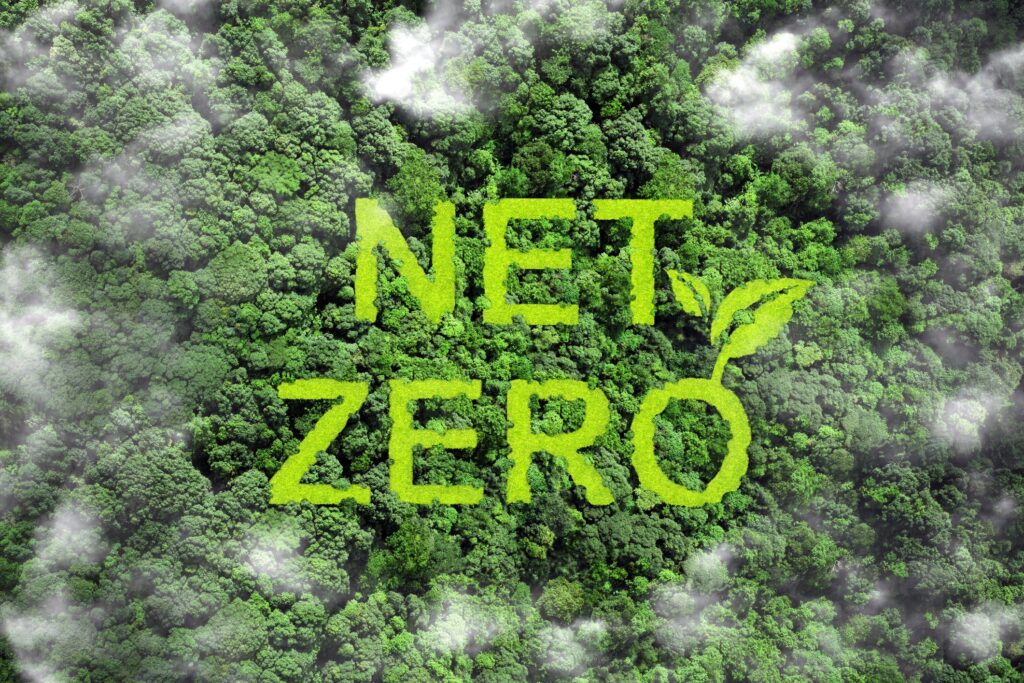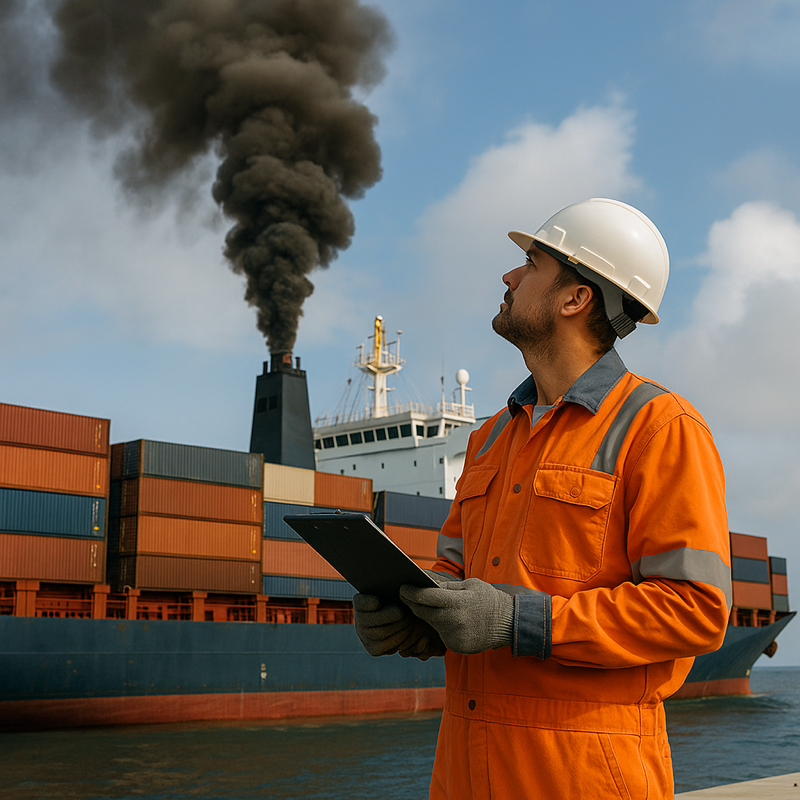Regulators are tuning in to the need for action regarding sustainability, and the Clean Shipping Act of 2023 aims to turn goals into action. With the target of complete decarbonization of maritime shipping by 2040, this act is an ambitious piece of legislation that seeks to drastically reduce the carbon intensity of fuels used by marine vessels over the coming years.
The Clean Shipping Act of 2023
The Clean Shipping Act starts off stating this purpose: “To amend the Clean Air Act to provide for the establishment of standards to limit the carbon intensity of the fuel used by certain vessels, and for other purposes.” Before we go any further, let’s get a refresher on the Clean Air Act.
What was the Clean Air Act?
The Clean Air Act (CAA) was the first-of-its-kind federal law to tackle air pollution, regulating air emissions from stationary and mobile sources. With a 1963 version followed by significant changes in 1970, the CAA continued to evolve, with the last most significant amendments added in 1990.
The CAA authorized the U.S. Environmental Protection Agency (EPA) to establish National Ambient Air Quality Standards (NAAQS) to protect public health and the environment. Amendments of 1990 helped address acid rain, urban air quality and ozone, toxic air pollutants, and motor vehicle emissions and fuels.
How does the Clean Shipping Act of 2023 Build on the CAA?
Essentially, working toward the CAA’s goals under the umbrella of clean air, the Clean Shipping Act of 2023 was created for the purpose of supply chain decarbonization, more specifically, to address the environmental concern of air pollution caused by shipping.
This act introduces standards and regulations focused on reducing the carbon intensity of fuels used by container ships. These standards are progressive, aiming for incremental reductions in carbon intensity over time, with ultimate goals expected to be reached by 2040.
Under the Clean Shipping Act of 2023’s standards:
- From 2027 to 2029, vessels must use fuel with a carbon intensity of at least 20% less than the determined carbon intensity baseline.
- From 2030 to 2034, this reduction must be at least 45% less than the baseline.
- From 2035 to 2039, the reduction must be at least 80% less than the baseline.
- From 2040 onwards, the reduction must be 100% less than the baseline.
The act acknowledges international sustainability efforts and has the flexibility to adopt standards set by the International Maritime Organization if they are equal to or better than the U.S. standards. The act will also specify a list of monitoring and reporting compliance methods.
Every year, vessels will be required to report on:
- The carbon intensity of the fuel used for each covered voyage.
- The amount of fuel used for each covered voyage.
- The total greenhouse gas emissions measured in carbon dioxide equivalent for all covered voyages.
In addition to setting carbon intensity standards for fuels, the Clean Shipping Act of 2023 introduces new standards targeting greenhouse gas and pollutant emissions from vessels at anchorage or berth in the contiguous zone of the U.S. by 2030.
The milestones of the Clean Shipping Act — for example, the 100% reduction by 2040 — may seem loftier goals than the shipping industry can meet, but it’s important to note that the act attempts to address this. It specifies that if the administrator determines the proposed carbon intensity reductions are not technologically or economically feasible by the set deadline, they have the flexibility to set a different standard that achieves the maximum possible carbon intensity reduction that is feasible by the deadline.
International Implications of the Clean Shipping Act of 2023
The message from the act’s sponsors is that by targeting emissions from the shipping industry, the Clean Shipping Act aims to protect port community populations who disproportionally face the brunt of pollution and related health complications. Beyond this direct impact, there are other implications for global shipping.
First, by emphasizing lifecycle greenhouse gas emissions, the act is attempting to approach the problem of air pollution holistically. Liquefied Natural Gas (LNG) is becoming an increasingly common marine fuel. While LNG releases about 25% less CO2 than other marine fuels for the same propulsion, it primarily comprises methane, another greenhouse gas. Research shows that after 20 years, methane is responsible for capturing 86 times more atmospheric heat than the same amount of CO2.
Essentially, vessels that use LNG will not be exempt from the Clean Shipping Act’s requirements. Its comprehensive approach prevents vessels from taking advantage of loopholes tied to specific types of fuel emissions. Grey hydrogen is another example, as it generates CO2 in its production rather than during usage.
The Clean Shipping Act may also cause regulations to diverge from International Maritime Organization (IMO) rules toward region-specific standards. If other countries create their own emissions standards, this could greatly complicate compliance and reporting for global shipping operations.
Once vessel owners start moving toward compliance with the Clean Shipping Act, shippers can expect to experience increased costs. If vessel owners must retrofit their engines, adopt new fuel technologies, or make other adjustments to meet the standards, these changes can be expensive. Ultimately, these costs would be passed on to shippers.
As Regulations Tighten, Shippers Turn to Tech-Enabled Emissions Accountability
With the effects of the increasing pressure of environmental regulations, along with the growing demand for sustainability by eco-conscious consumers, the shipping industry is approaching a crossroads. Shippers are investing attention and resources in navigating these demands, regulations, and environmental imperatives, realizing that the sooner they begin their sustainability journey, the better position they will be in in the future. Here are three ways technology solutions and platforms are helping shippers in this journey of monitoring, managing, and mitigating carbon emissions.
1. Accessible Accountability
Shippers need access to carbon accounting tools that are easy to adopt and simple to use. These tools must be designed to help shippers understand their greenhouse gas emissions when making decisions, which means they need to be streamlined and integrated into existing operational frameworks. Greenabl created its platform for this purpose. Using trusted methodologies like the GLEC (Global Logistics Emissions Council) framework, shippers can be sure they’re using accurate and comprehensive data so they can approach their goals with complete accountability.
2. Integrated Analytics to Ensure Maximum Actionability
Beyond capturing data, the real value lies in interpreting and acting on it. Integrated sustainability platforms with analytics allow shippers to dive deeper into their emissions data, getting insights into historical trends and potential areas of improvement. With real-time analytics through Greenabl, shippers can monitor the effects of specific decisions, helping them choose operational parameters that reduce emissions most impactfully.
3. Carbon Credits to Offset Inevitable Emissions
Some emissions are unavoidable even with access to the best data and tools and following the best-laid plans. However, through carbon credits, shippers can make up for these emissions. By investing in carbon offset projects, they can support removing or reducing an equivalent amount of greenhouse gasses from the atmosphere. With options for Verra and Gold Standard certified offsets, shippers can be confident in the credibility and impact of their contributions, as they adhere to strict standards of transparency, additionality, and third-party verification. Greenabl makes this carbon offsetting process easy and streamlined through our partnership with Cloverly.
Approach New Regulations with an Expert Guide on Your Side
Even as the regulatory landscape becomes more complex, there is a clear path forward—prioritizing emissions accountability and leaning on tools that help you maintain compliance every step of the way. Greenabl can help get you there.
With solutions for carbon emissions measurement coupled with mitigation tools, Greenabl’s platform is designed for ease of use and seamless integration, giving you greater access to analytics, strategic insights, reporting, and added resources.
To get started on your sustainability journey, schedule a call with Greenabl today.


